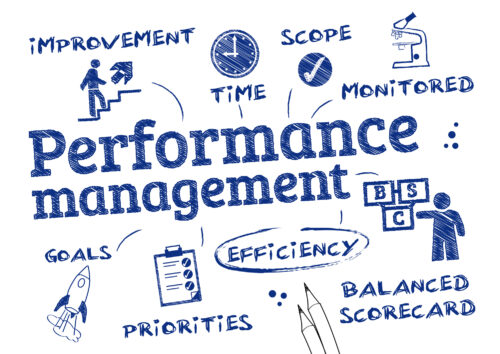In today’s fast-paced digital marketing landscape, building well-structured marketing funnels is paramount for businesses aiming to transform potential customers into loyal clients. A marketing funnel serves as a systematic approach guiding prospects through various stages of the buyer’s journey, ultimately leading to conversion points. This guide will delve into the crucial components of crafting successful marketing funnels and optimizing conversion points for maximum impact.
Understanding the Marketing Funnel
Business & Customer Awareness
- Begin by identifying your target audience through detailed buyer personas. Consider demographics, psychographics, and behavioral traits to tailor your marketing efforts effectively. Utilize market research, surveys, and customer data analysis to refine your understanding of the ideal customer.
Leverage diverse marketing channels to increase brand visibility. Social media platforms like Facebook, Instagram, and Twitter are excellent for reaching a broad audience. Invest in content marketing to create engaging blog posts, videos, and infographics resonating with your target audience. Paid advertising through platforms like Google Ads can also enhance brand visibility.
Interest & Value
- Create content that not only captures attention but also adds value to your audience. Develop a content calendar aligned with your brand voice and addressing potential customer pain points. Incorporate storytelling elements to make your content more relatable and memorable.
Offer valuable resources to capture leads, such as ebooks, whitepapers, or exclusive access to webinars. Ensure your lead magnets directly address the interests and needs of your audience, encouraging them to exchange contact information for the resource.
Encourage Leads
- Nurture leads through strategic email campaigns. Segment your email lists based on user behavior and preferences. Implement drip campaigns to send targeted emails gradually introducing prospects to your products or services. Personalize email content to enhance relevance and engagement.
Deploy retargeting ads to remind prospects about your offerings. Utilize pixel tracking to identify users who visited specific pages on your website but haven’t converted. Craft compelling visuals to reignite their interest and prompt them to take the next step.
Customer Reviews
- Build trust and credibility by showcasing customer testimonials and success stories. Encourage satisfied customers to share their experiences, strategically placing testimonials throughout your marketing materials. Video testimonials can be particularly impactful.
Purchase
- Optimize the purchasing experience by simplifying the checkout process. Minimize the number of steps required to complete a purchase and offer multiple payment options. Clearly communicate shipping costs and delivery times to set accurate expectations.
Create a sense of urgency by implementing limited-time offers or exclusive deals. This could involve discounts, freebies, or bundled packages. Clearly communicate the scarcity of these offers to prompt quicker decision-making.
Optimizing Conversion Points
Landing Pages
- Design landing pages for maximum impact. Utilize compelling headlines, high-quality visuals, and concise text to convey your message. Include a clear and prominent call-to-action guiding visitors toward the desired action.
Forms
- Simplify forms to improve completion rates. Only ask for essential information and consider implementing progressive profiling, gradually collecting additional information as the prospect progresses through the funnel, reducing friction at each stage.
Email Campaigns
- Personalization is key to effective email campaigns. Use dynamic content that adapts based on user behavior. Experiment with A/B testing to refine email content, subject lines, and visuals for optimal performance.
Retargeting Strategies
- Segment retargeting audiences based on specific interactions. Tailor retargeting ads to address the particular interests or concerns of each segment. Implement frequency capping to avoid overwhelming users with too many ads, preventing ad fatigue.
Analytics and Iteration
- Regularly track key metrics using analytics tools. Monitor conversion rates, click-through rates, and other relevant indicators. Analyze data to identify areas for improvement and implement iterative changes to enhance the effectiveness of your marketing funnel.
Creating effective marketing funnels and optimizing conversion points is a dynamic process requiring evaluation and adjustments to fit your market best. By understanding your audience, providing valuable content, and strategically guiding prospects through the buyer’s journey, you can enhance your chances of converting leads into satisfied customers. Stay vigilant, adapt to changing market dynamics, and consistently refine your strategies for sustainable success.

















